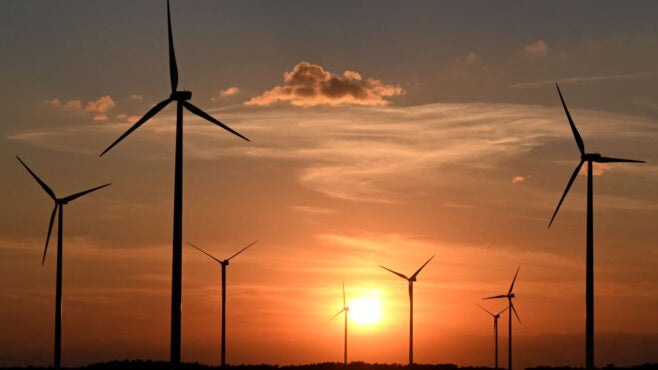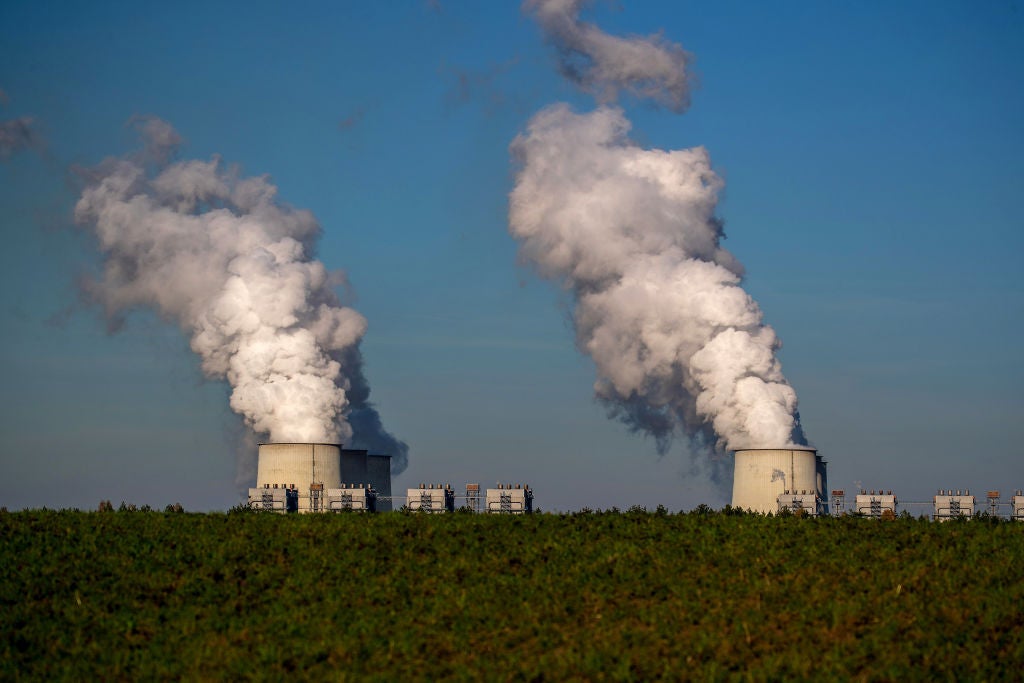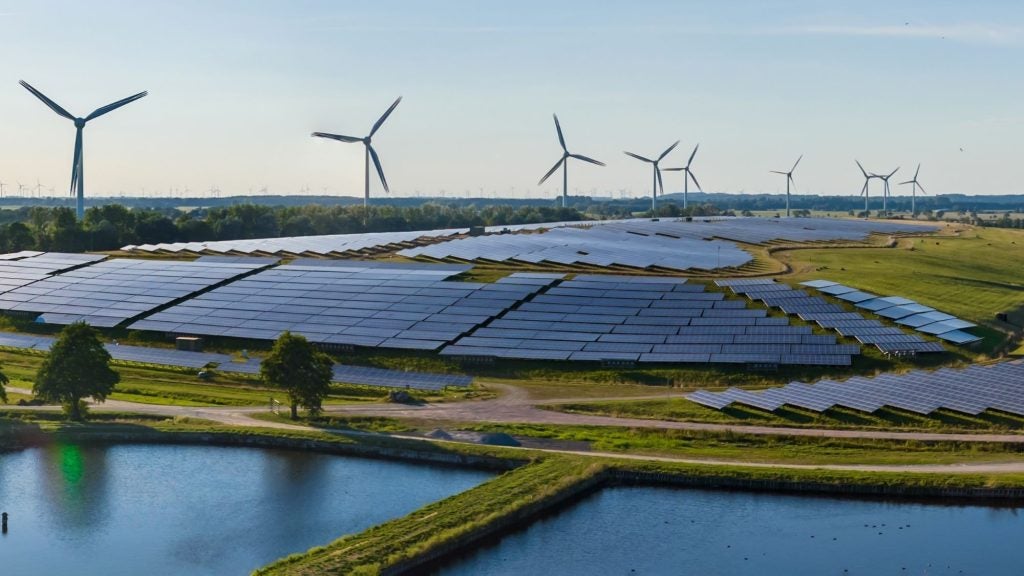There is no energy source more sustainable and affordable than the one you do not have to use. Doing more with less energy is key to reducing greenhouse gas emissions and steering the world towards climate neutrality by 2050. Energy Efficiency First has been recognised by the EU as a cornerstone of the energy transition and runs through its energy legislation as a guiding principle.

Despite high ambitions, the implementation of energy efficiency policies has been slow across Europe. For many years, the EU was set to miss its 2020 goal of improving energy efficiency by 20% due to insufficient action. The outbreak of the Covid-19 pandemic and the subsequent drop in energy consumption reversed this trend. Official data on energy efficiency for 2020 is still lacking, but it is now expected that the 20% reduction target has been met.
With Europe slowly recovering from the pandemic and energy consumption picking up again, the question is whether the EU will be able to stay on track and continue to increase energy efficiency. The current energy efficiency target for 2030 is at least 32.5%. In its 'Fit for 55' package, the EU Commission says this is too low to ensure the EU can reduce its greenhouse gas emissions to at least 55% below 1990 levels by 2030, as stipulated in the European Climate Law.
The Commission's 'Fit for 55' proposal to recast the Energy Efficiency Directive therefore seeks to push this 32.5% target to between 36% and 41%. Based on current National Energy and Climate Plans, however, the EU is on track for a mere 29%. The Commission recognises that huge investments must be made in more efficient primary and final energy consumption. Europe has to become more efficient in how it consumes, produces and transports energy.
How well do you really know your competitors?
Access the most comprehensive Company Profiles on the market, powered by GlobalData. Save hours of research. Gain competitive edge.

Thank you!
Your download email will arrive shortly
Not ready to buy yet? Download a free sample
We are confident about the unique quality of our Company Profiles. However, we want you to make the most beneficial decision for your business, so we offer a free sample that you can download by submitting the below form
By GlobalDataGreening buildings
A sector that deserves special attention is the buildings sector. Heating and cooling in buildings is responsible for 40% of energy consumption and 36% of emissions in Europe. More than 70% of heating in buildings is supplied by old and inefficient boilers, and Europe’s annual renovation rate is below 1%. A leaky and fossil fuel-dependent building stock is a serious threat to the 55% emissions reduction target. Energy efficiency will be crucial to sufficiently reduce emissions from buildings.
See Also:
A range of solutions will be needed to supply efficient and increasingly renewable heat to and in buildings. This includes reducing demand and using waste heat, direct electrification, solar thermal, geothermal, district heating and high-efficiency combined heat and power. The choice between different options will largely depend on the seasonality of heat demand, the variability and capacity of renewable electricity supply, the constraints of electricity grids, customer preferences and costs.
COGEN Europe believes the efficient use of renewable fuels, such as biofuels and hydrogen, in buildings could help the EU achieve its 2030 energy efficiency and climate targets. The generation of heat and electricity could be combined in one unit to maximise energy efficiency. Heat could be distributed to buildings via a district heating network or with a micro unit inside a building.
The town of Hassfurt in Germany is an example of where a combined heat and power unit running on hydrogen is at the centre of the local community’s long-term decarbonisation strategy. The unit generates green electricity and heat – distributed via a district heating network – for the town. The hydrogen comes from surplus wind power and can be stored over longer periods to ensure there are sufficient energy sources for the colder months. The combined heat and power unit ensures its efficient use.
[Keep up with Energy Monitor: Subscribe to our weekly newsletter]
The efficient use of renewable fuels also has enormous decarbonisation potential for remote areas, as demonstrated by the EU-funded project BIG HIT on the Scottish islands of Orkney. Renewable electricity from wind is converted into hydrogen, stored and reused to generate heat and electricity with a flexible combined heat and power unit to ensure there is sufficient energy at any moment of the year.
We believe EU member states should give greater consideration to the efficient generation and consumption of renewable energy in their National Energy and Climate Plans, especially for the heating and cooling sector, to help Europe on its path to a net-zero-carbon society by 2050.
COGEN Europe is a partner of the EU Sustainable Energy Week of which Energy Monitor is a media partner. Registrations for the event are now open.








